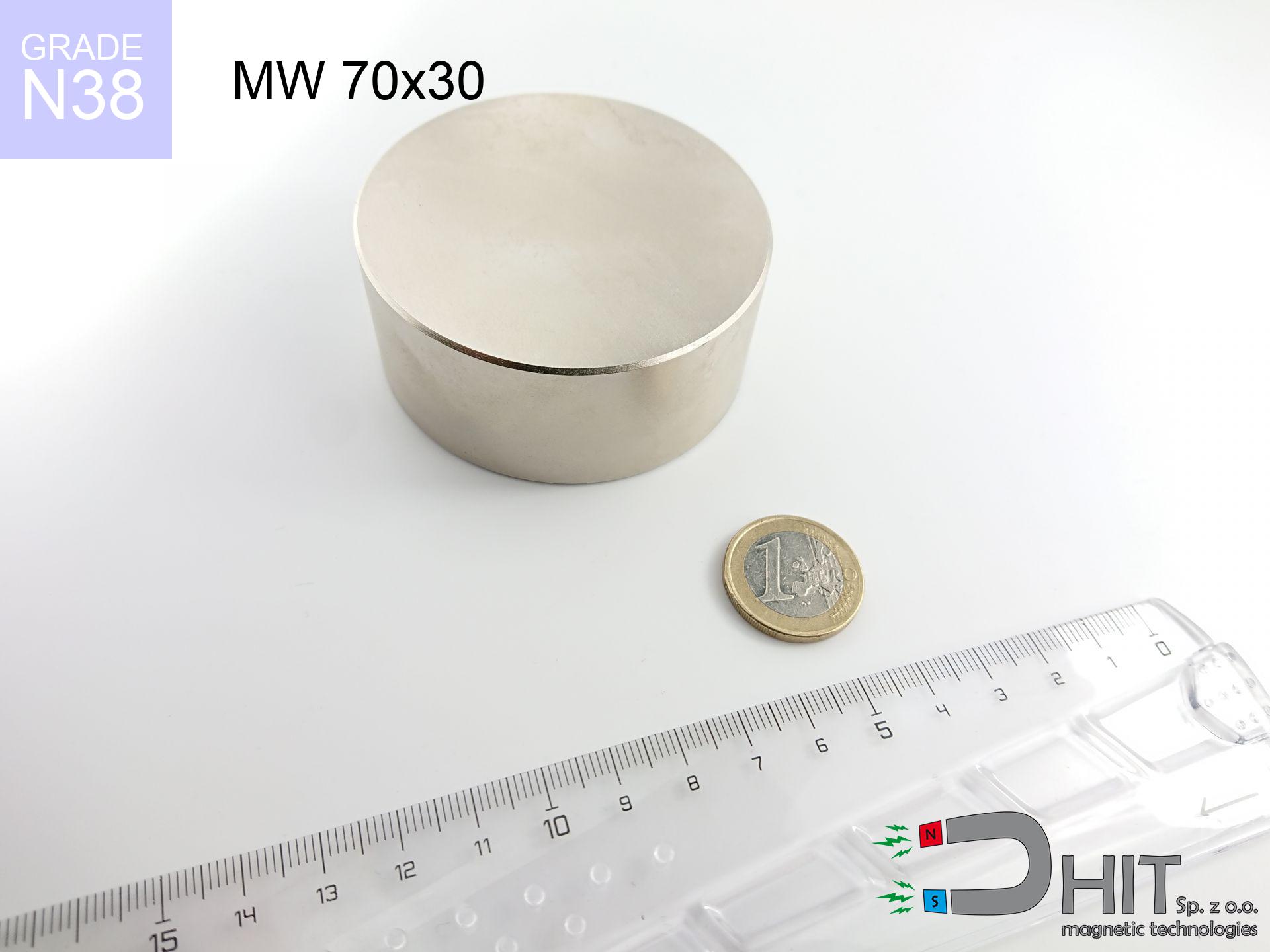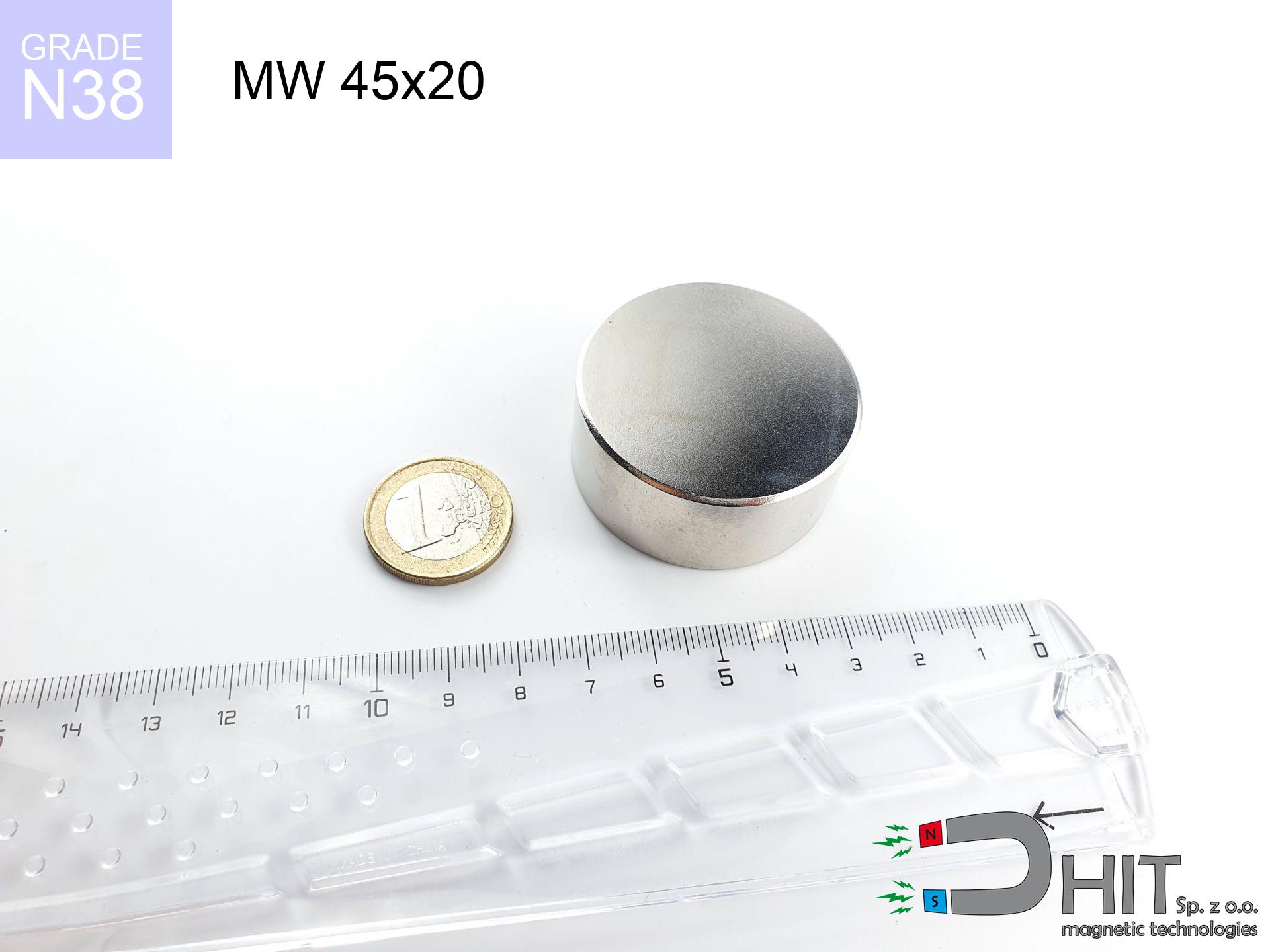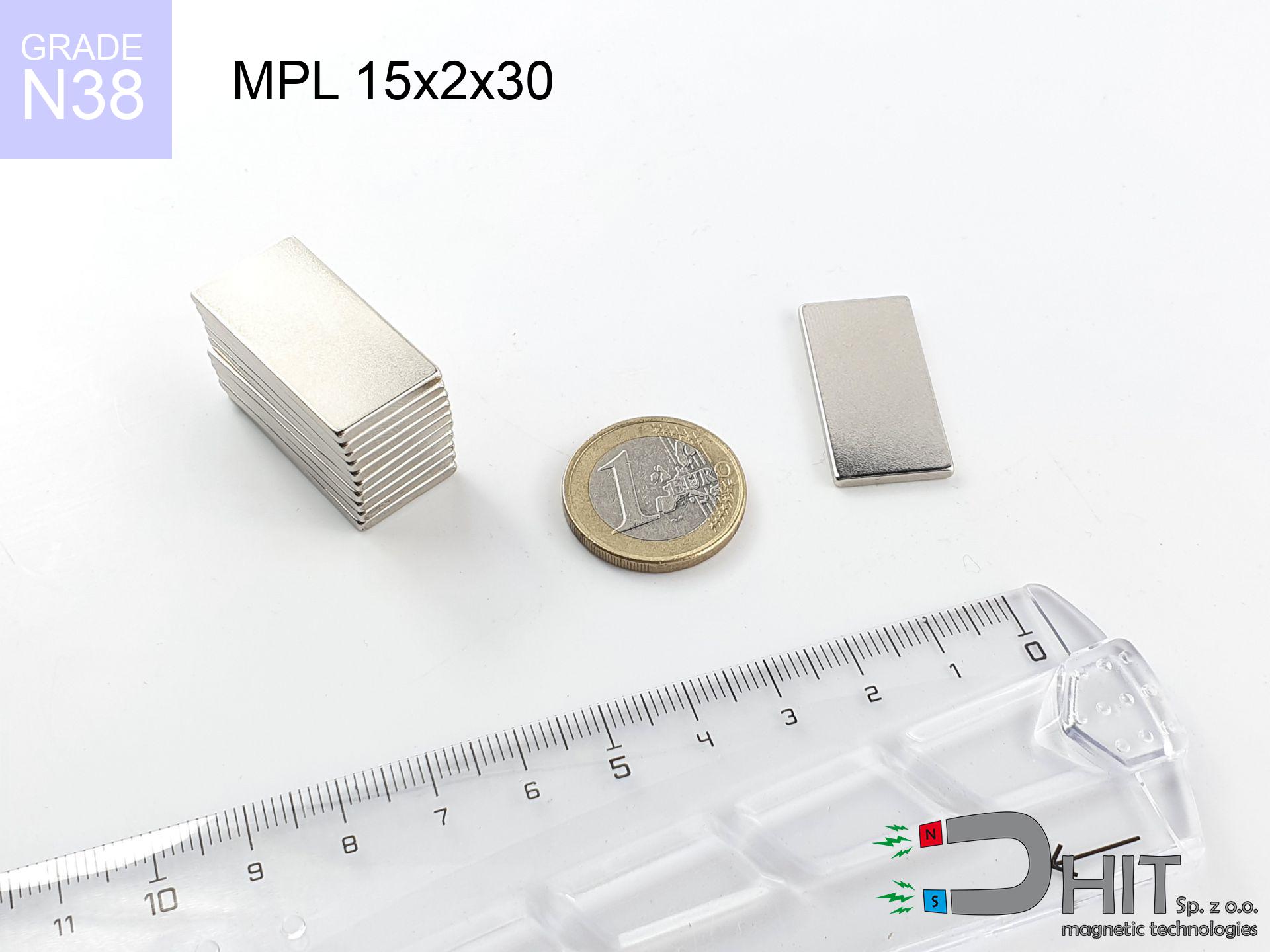UI 17.5x5 [C310] / N38 - badge holder
badge holder
catalog number 150261
GTIN: 5906301813583
diameter Ø
17.5
mm [±0,1 mm]
height
5
mm [±0,1 mm]
capacity ~
0.75 kg / 7.35 N
max. temperature
≤ 80
°C
catalog number 150261
GTIN: 5906301813583
diameter Ø
17.5 mm [±0,1 mm]
height
5 mm [±0,1 mm]
capacity ~
0.75 kg / 7.35 N
max. temperature
≤ 80 °C
1.32 ZŁ gross price (including VAT) / pcs +
1.07 ZŁ net price + 23% VAT / pcs
bulk discounts:
need more quantity?Want a better price?
Call us tel: +48 888 99 98 98 or get in touch via contact form on the contact page. You can check the mass and the shape of magnet in our force calculator magnetic mass calculator
Orders placed by 2:00 PM will be shipped on the same business day.
Specification: badge holder 17.5x5 [C310] / N38
Magnetic properties of the material N38
Physical properties of sintered neodymium magnets Nd2Fe14B
Choose recommended products
Advantages as well as disadvantages of neodymium magnets NdFeB.
In addition to immense strength, neodymium magnets have the following advantages:
- They do not lose power over time. After 10 years, their power decreases by only ~1% (theoretically),
- They are highly resistant to demagnetization by external magnetic field,
- In other words, thanks to the shiny coating of nickel, gold, or silver, the element acquires an aesthetic appearance,
- They possess very high magnetic induction on the surface of the magnet,
- By using an appropriate combination of materials, they can achieve high thermal resistance, allowing them to operate at temperatures up to 230°C and above...
- Due to the option of accurate forming and adaptation to individual needs – neodymium magnets can be produced in a wide range of shapes and sizes, which amplifies their universality in usage.
- Significant importance in the industry of new technologies – are utilized in computer drives, electric motors, medical apparatus or very highly developed apparatuses.
Disadvantages of neodymium magnets:
- They are prone to breaking as they are extremely fragile when subjected to a strong impact. If the magnets are exposed to impacts, we recommend using magnets in a metal holder. The steel housing in the form of a holder protects the magnet from impacts and simultaneously increases its overall strength,
- High temperatures can reduce the strength of neodymium magnets. Typically, after heating above 80°C, most of them experience a permanent reduction in strength (although it is dependent on the form and size). To prevent this, we offer special magnets marked with the symbol [AH], which are highly resistant to high temperatures. They can operate even at temperatures up to 230°C, making them an ideal solution for applications requiring high-temperature operation,
- Magnets exposed to a humid environment can corrode. Therefore, when using them outdoors, we recommend using waterproof magnets made of rubber, plastic, or other moisture-resistant materials,
- The use of a cover or a magnetic holder is recommended due to the limited possibilities of manufacturing threads or complex shapes in the magnet
- Potential hazard arising from small pieces of magnets are risky, in case of ingestion, which becomes significant in the context of child safety. It's also worth noting that small elements of these products have the potential to hinder the diagnostic process after entering the body.
Be Cautious with Neodymium Magnets
Dust and powder from neodymium magnets are flammable.
Avoid drilling or mechanical processing of neodymium magnets. Once crushed into fine powder or dust, this material becomes highly flammable.
Neodymium magnets can demagnetize at high temperatures.
Despite the fact that magnets have been observed to maintain their efficacy up to temperatures of 80°C or 175°F, it's essential to consider that this threshold may fluctuate depending on the magnet's type, configuration, and intended usage.
Do not bring neodymium magnets close to GPS and smartphones.
Strong fields generated by neodymium magnets interfere with compasses and magnetometers used in navigation, as well as internal compasses of smartphones and GPS devices.
Neodymium magnetic are extremely fragile, resulting in their cracking.
Neodymium magnets are characterized by considerable fragility. Neodymium magnetic are made of metal and coated with a shiny nickel, but they are not as durable as steel. In the event of a collision between two magnets, there may be a scattering of fragments in different directions. Protecting your eyes is crucial in such a situation.
Neodymium magnets can attract to each other due to their immense internal force, causing the skin and other body parts to get pinched and resulting in significant injuries.
If you have a finger between or alternatively on the path of attracting magnets, there may be a serious cut or a fracture.
Neodymium magnets are not recommended for people with pacemakers.
Neodymium magnets generate strong magnetic fields. As a result, they interfere with the operation of a pacemaker. This is because many of these devices are equipped with a function that deactivates the device in a magnetic field.
The magnet coating is made of nickel, so be cautious if you have an allergy.
Studies clearly indicate a small percentage of people who suffer from metal allergies such as nickel. An allergic reaction often manifests as skin redness and rash. If you have a nickel allergy, try wearing gloves or avoid direct contact with nickel-plated neodymium magnets.
Neodymium magnets are over 10 times stronger than ferrite magnets (the ones in speakers), and their power can shock you.
Read the information on our website on how to properly utilize neodymium magnets and avoid significant harm to your body and unintentional damage to the magnets.
Make sure not to bring neodymium magnets close to the TV, wallet, and computer HDD.
Magnetic fields generated by neodymium magnets can damage magnetic storage media such as floppy disks, credit cards, magnetic ID cards, cassette tapes, video tapes, or other similar devices. They can also damage televisions, VCRs, computer monitors, and CRT displays. You should especially avoid placing neodymium magnets near electronic devices.
Maintain neodymium magnets far from youngest children.
Neodymium magnets are not toys. Do not allow children to play with them. They can be a significant choking hazard. If multiple magnets are swallowed, they can attract to each other through the intestinal walls, causing significant injuries, and even death.
In order for you to know how strong neodymium magnets are and why they are so dangerous, read the article - Dangerous very powerful neodymium magnets.

![safe, strong magnetic clasp UI 17.5x5 [C310] / N38 safe, strong magnetic clasp UI 17.5x5 [C310] / N38](https://cdn3.dhit.pl/graphics/banners/magnet.webp)
![UI 17.5x5 [C310] / N38 - badge holder UI 17.5x5 [C310] / N38 - badge holder](https://cdn3.dhit.pl/graphics/products/ui17.5x5-c310-rud.jpg)





